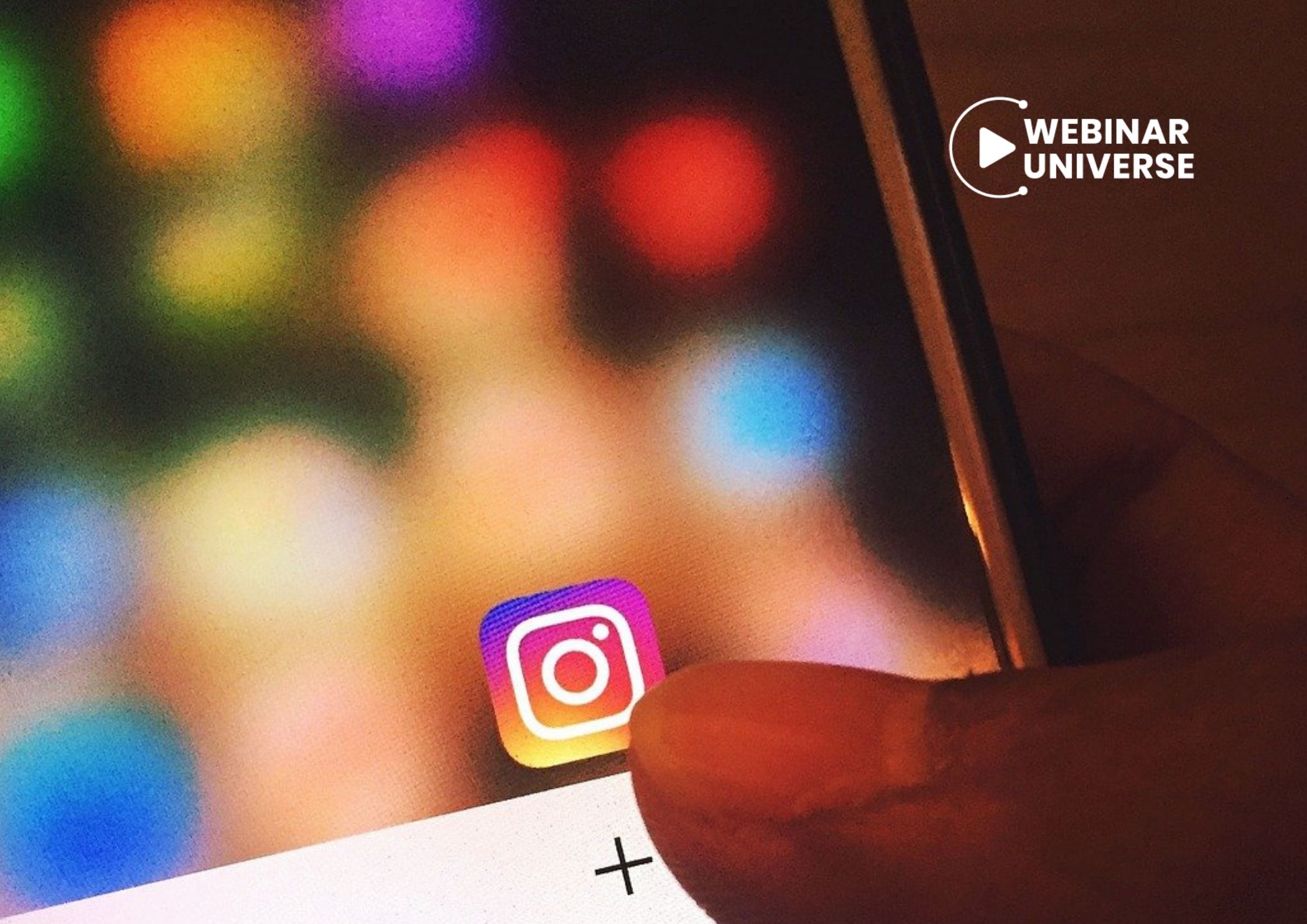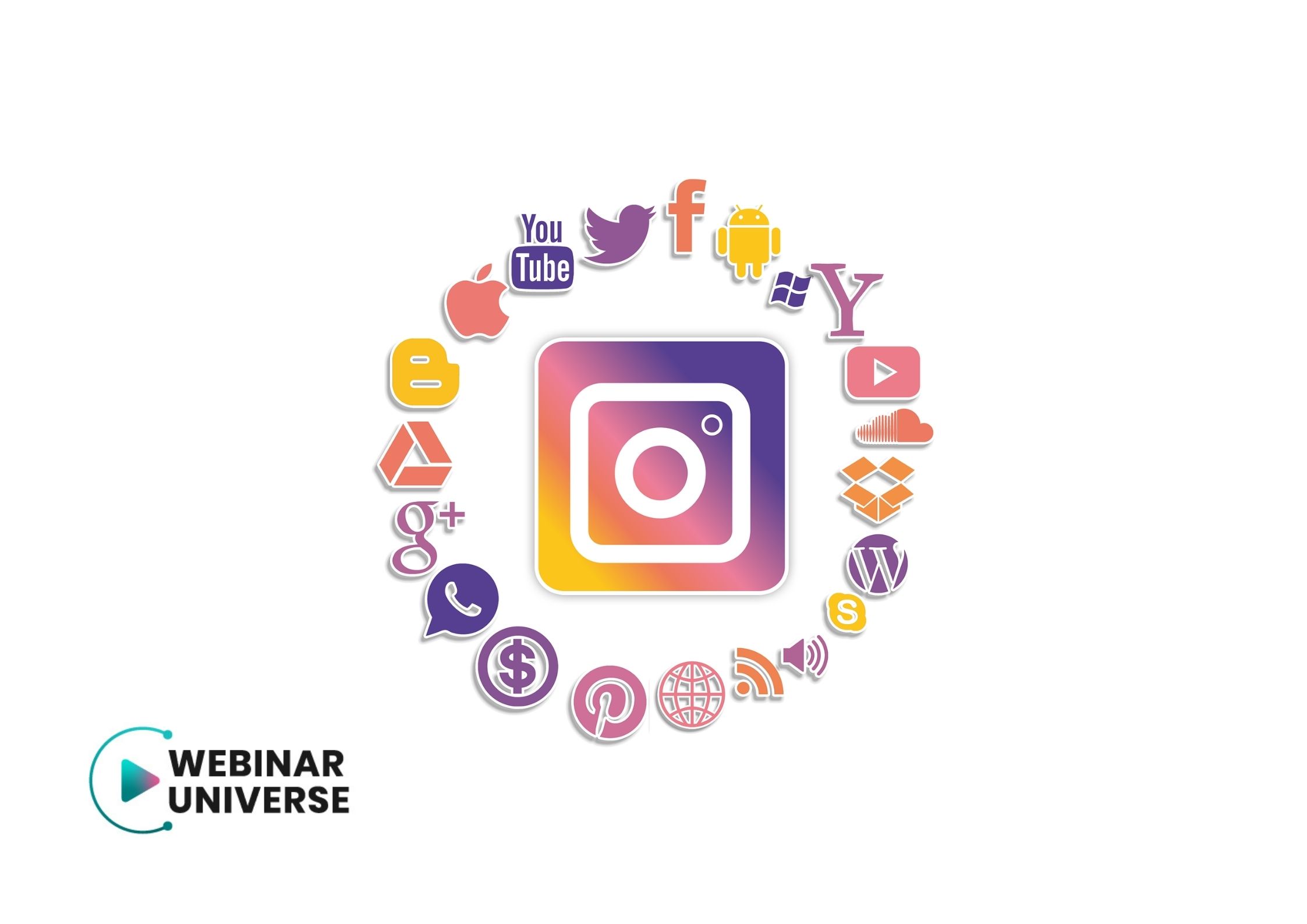Tik and Tok
TikTok is a creative and trend-oriented social app for creating, sharing and watching short video clips that has amassed a staggering 689 million monthly users since its launch in 2017. For independent content creators, companies and brands alike, TikTok is a great platform to promote their work, products and ideas in an engaging way to a global audience.
TikTok is owned by the Chinese company Bytedance, considered one of the most valuable startups in the world. Reasons that explain TikTok's popularity, especially among young people, the presence of celebrities, the super-intelligent algorithm and the focus on localized content such as nationwide competitions and the like. But the biggest advantage is the ease of creating, sharing and participating in creative content around the world.
Frivolous videos?
TikTok has always tried to make its platform more for teenagers, but a study by GlobalWebIndex (GWI) shows that TikTok's user base may be growing.
According to GWI, the number of TikTok users aged 26-34 is significantly higher compared to 16-24 year olds in countries such as China, Indonesia, Malaysia, and Saudi Arabia. This demographic shift of TikTok's user base from teenagers to adults is very similar to that of Facebook and Instagram. Typically, the younger generation is always the first to use new technologies and services and experience the change; other age groups usually take time to adjust and eventually start coming to the platform. This new increase in the age of TikTok members may cause a problem for ByteDance, which wants to make its platform more interesting for the younger generation.
Every person wants to be loved, have fame, and be recognized as a special person. Therefore, TikTok users will do everything to improve their online reputation. TikTok user always strives to achieve more than what they already have in life. According to GWI, TikTok users admit that they are brand conscious and buy premium versions of products to create a strong reputation that their peers will respect them for.
Social media gives users their own space where they can be themselves without fear of judgment. So, when GWI asked TikTok users about their main reason for using the Internet, the majority said they wanted their voice to be heard and influence others. More than two-thirds of members have posted reviews of products and services to share their opinion.

Teen Idols
While the idea of starting from scratch and becoming an influencer on a brand new platform may seem daunting, it's actually pretty easy to navigate and you don't need any online training to learn how to use Tik Tok. Other social media platforms use communities to predict the content their users will want to see, recommending things based on who you follow, your interests, where you live, etc. But TikTok uses an interest graph that measures users' attention based on how they interact with videos.
The longer a video is watched, the more of that type of content will be served up. Similarly, if someone interacts with a video (likes, comments, or shares), this will inform the content they receive.
In TikTok, the most important thing is to find your niche and stick to it; the more specific it is, the better. For example, let's assume that someone wants to influence fashion on TikTok. This in itself is too general. Instead, one should find something that makes one stand out. Maybe recreating outfits from different eras or only buying them second hand. No matter how insanely specific the niche, there's bound to be an audience out there hungry for that content. And once a creator starts posting videos of this, TikTok's algorithm will do most of the work in finding the right audience.
Tiktok vs. other social media
Comparing TikTok to other digital media platforms shows what makes it unique. Like YouTube, TikTok consists solely of videos. Like Facebook and Twitter, the main way to consume tiktok is by navigating a "feed" of short, digestible posts. Like Netflix, the default mode of encountering content is through a recommendation algorithm, rather than building a network of "friends" or "watchers." Like Snapchat and Instagram, TikTok can only be produced on cell phones, favoring younger users who are more fluent with smartphones than computers. TikTok is the first social media platform to combine these features. The result is a unique way to communicate and consume information.
The combination of video and "content" media makes TikTok particularly rich in information. There is a lot going on in each tiktok. Unlike text, video media operates on two parallel tracks, conveying explicit information (such as would be found in speech or writing) and implicit information (social cues, such as a TikToker's clothing and hairstyle or the emotional impact of music) at the same time.
"Channel" allows the social media consumer to browse through several pieces of bite-sized content per minute, extracting information in a much more efficient way than from a television broadcast. Other media start to seem "slow," even previously attractive products such as a YouTube video or Twitter feed. Younger people love intensity - loud music, bright lights - and it's no wonder they find TikTok fascinating.
In terms of benefits, the importance of the recommendation algorithm over "friend" networks means that everyone is guaranteed to get at least a few views, even on their first TikTok. Let's just say that on Twitter, you can log in and tweet dozens of times before you get any "likes" because of the importance of "follower" networks in determining what people see.
TikTok's "For You" page varies between showing users extremely popular tiktocks with only a few views, thus promoting more equality than traditional social networks. Finally, the "sounds" that users link to personalized videos provide a novel way to categorize and navigate the social media platform, a feature unique to TikTok. If you click "sound" at the bottom of tiktok, you will see all the other tiktoks that use this sound file.

Advertise yourself and your brand
Many brands combine running their own channels and collaborating with influencers to spread content to a wider audience. You can try some of the ideas below on your own channels or suggest that influencers create and share this kind of content.
Challenges are an important feature of the TikTok community. TikTok users love to take on challenges and create and upload videos accordingly. These challenges are usually given #tags to make them both easy to remember and easy to find. Unless our brand has managed to build its own popular TikTok channel, it's probably best to partner with influencers to start a #hashtag challenge. Once a #hashtag challenge is launched on TikTok, people can participate with just a few clicks.
Of course, all the influencer marketing techniques you see on other video platforms like YouTube also work on TikTok. If the product fits the influencer's audience, the TikTok influencer campaign should be successful. In most cases, leave the content creation to the influencers - they know what their followers like.
As always, the key to successful influencer marketing is setting the right goals, targeting a specific part of the purchase funnel. Young TikTok broadcasters must remain authentic to their followers for influencer marketing to be successful.
Often, all a brand needs to do is encourage influencers to create videos of them wearing or using the sponsor's product. Again, this will only work if the influencer is someone who typically uses the product. There is little value in encouraging an influencer to promote an inappropriate product.
Tiktok is a very young platform, but it has already gained so many engaged users for good reason. It is possible that it will only grow stronger in the next few years, becoming a really important player in the market.
